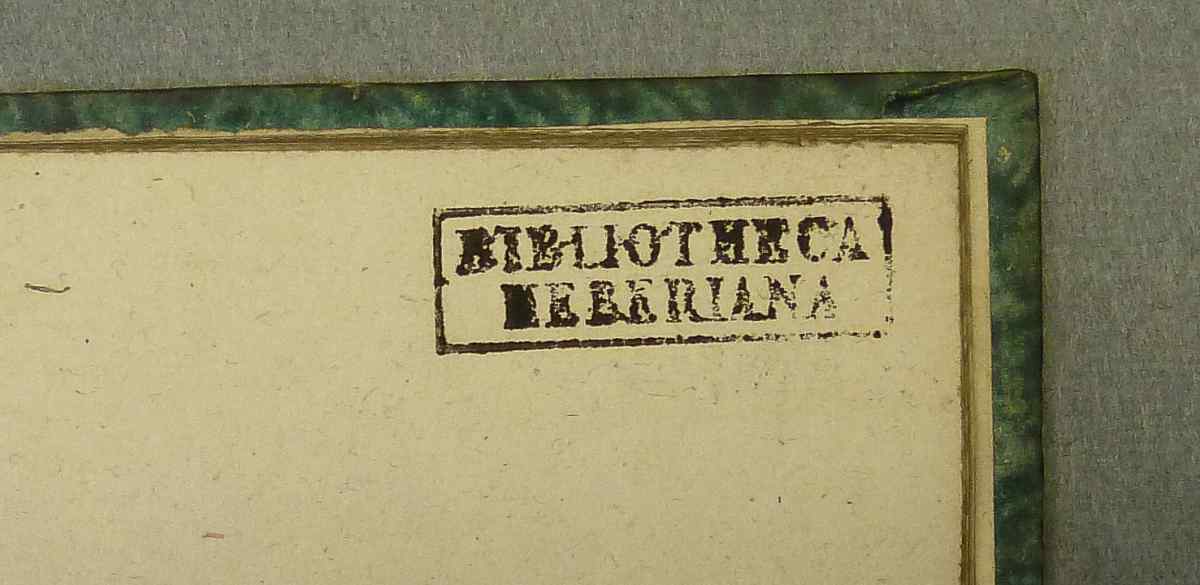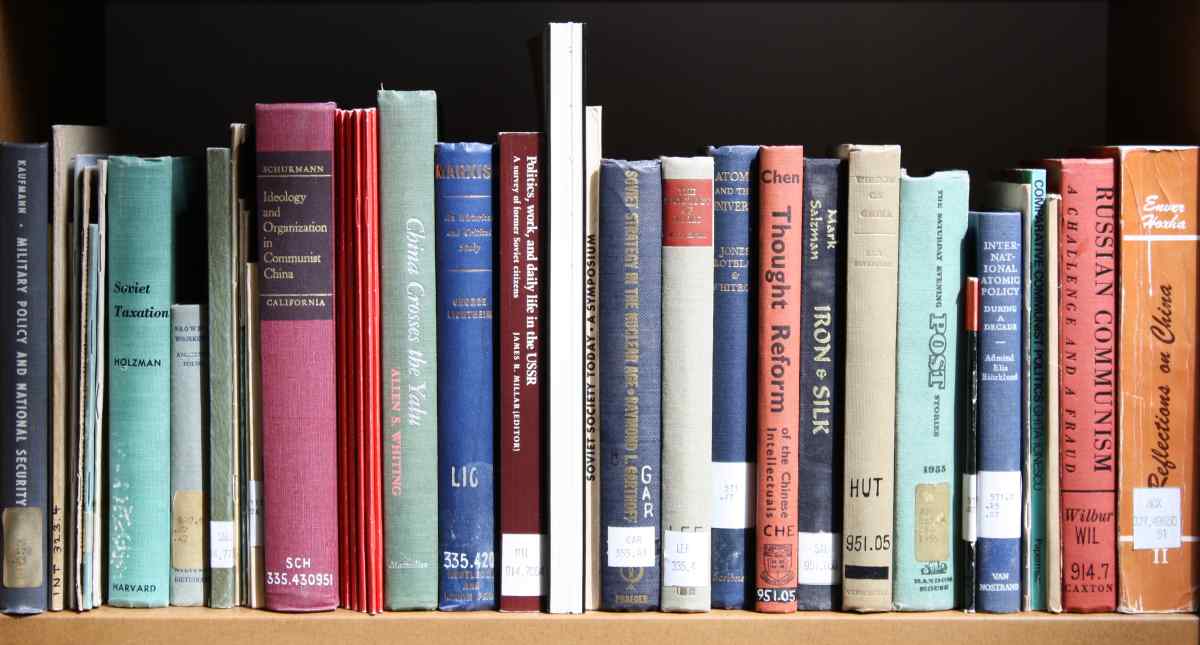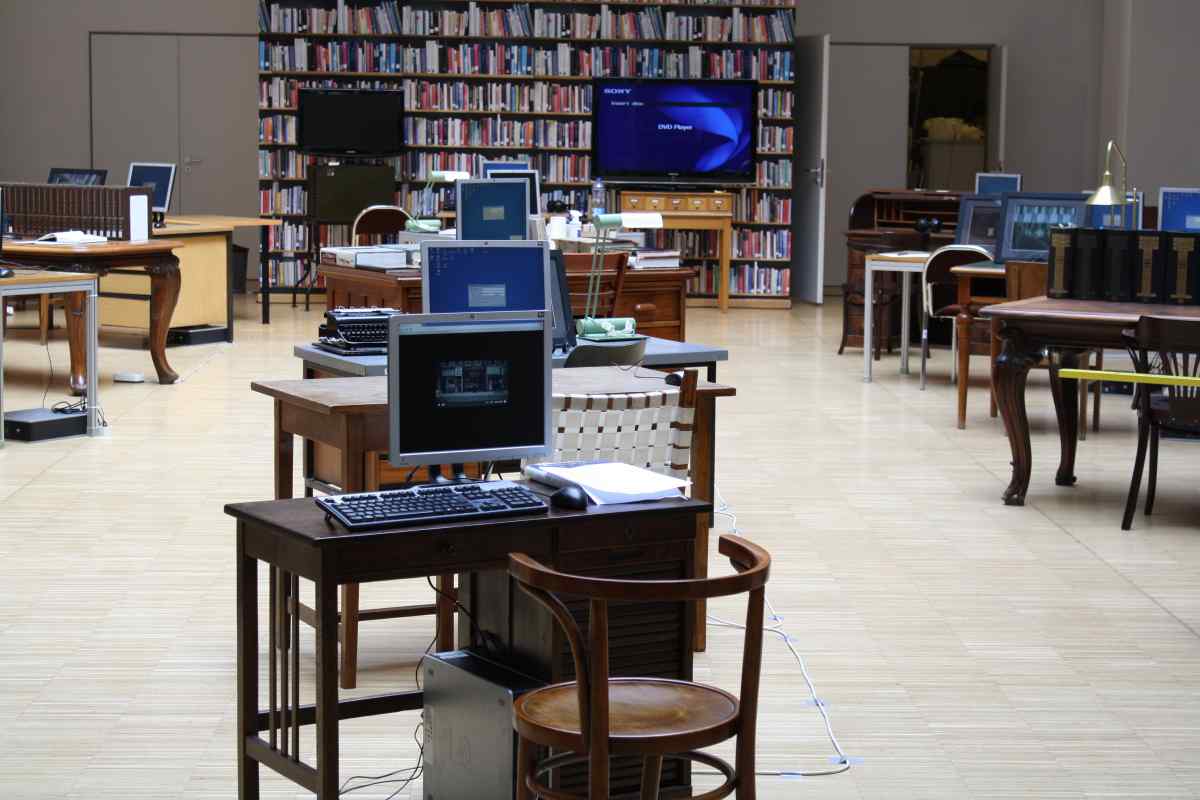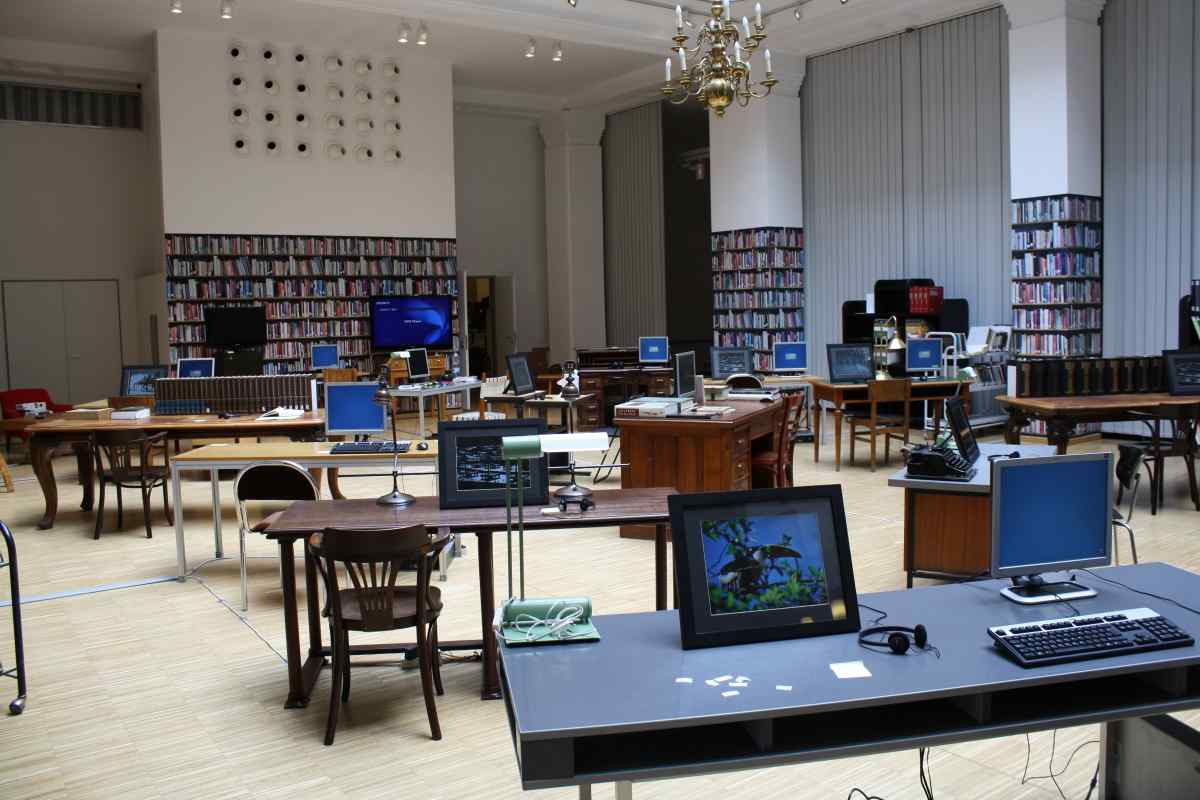Bibliotheca
The Future of the Library




A szeminárium résztvevői / Members of the Seminar: Tess CULP, FÜREDI Júlia , Adela-Gabriela HINCU, KACSOR Adrienn, Yuriy KOSHULAP, MÉZES Ádám, MICHALSKY Julia, OBERER Shelley, PATAKI Katalin, Alexandra Iuliana PREDA, Olha PUSCHCHAK, Agne RIMKUTE, Anna SUGIYAMA
Corvinus University of Budapest Central Library
ELTE University Library
Metropolitan Ervin Szabó Library
Central European University
Nagyházi Gallery and Auction House
National Library of Foreign Literature and Music Collection
National Széchényi Library
Petőfi Literary Museum
Library of the Institute of Political History
Hungarian Intellectual Property Office - Industrial Property Special Library
Szent István University Veterinary Science Library, Museum and Archives
Hungarian Contemporary Architecture Center
The main challenge that arises when imagining the future academic library (of the Central European University, CEU) is one of conflicting approaches: how to preserve the traditional features of the library while incorporating the dominance of digital media. The case in question is the design of a learning environment specific to a graduate institution, where core collections need to be preserved, enhanced, and transformed into open-ended information generators.
The “Bibliotheca” exhibition aims to engage the CEU community in a discussion about the future library by providing a visual, conceptual, and experimental platform of inquiry into the spatial, infrastructural, technological, and practical conditions of academic knowledge production. By recreating a library space within the exhibition space, the library's physical layout will be opened up for scrutiny as an archaeological site, object, and laboratory. Our input to the future design will investigate received assumptions about libraries and the roles of searching, browsing, reading, learning, and interaction.
“Bibliotheca” was created in collaboration with students attending the OSA course The Archives of the Living and Dead Things, which explores the epistemologies and strategies of knowledge creation and transmission. The students’ projects are displayed as interlinked case studies, commentaries, and experiments focusing on perceived problems and continuities. On a more specific level, the current CEU library will be documented according to its capacities and limitations catering to the different needs of the CEU community.